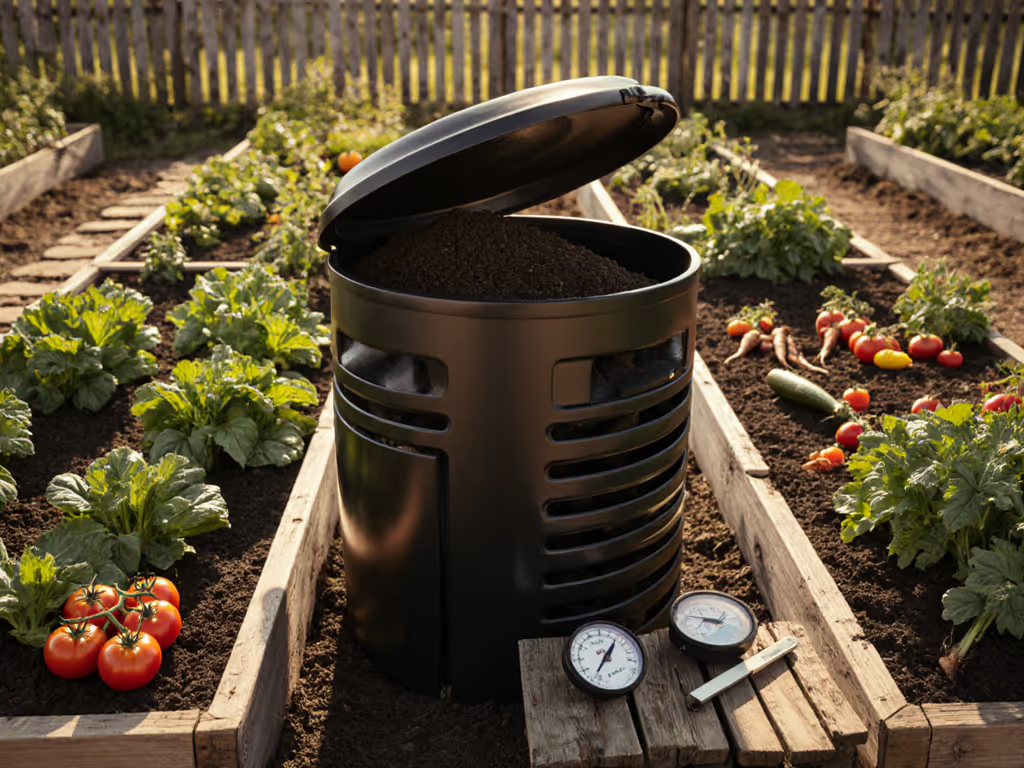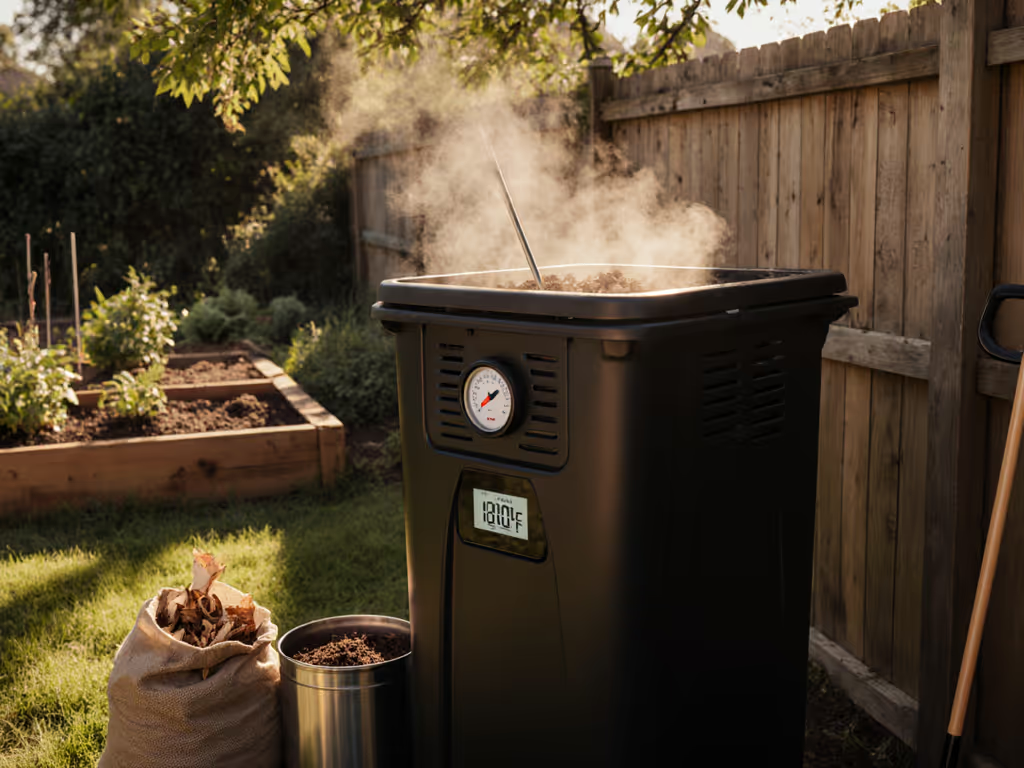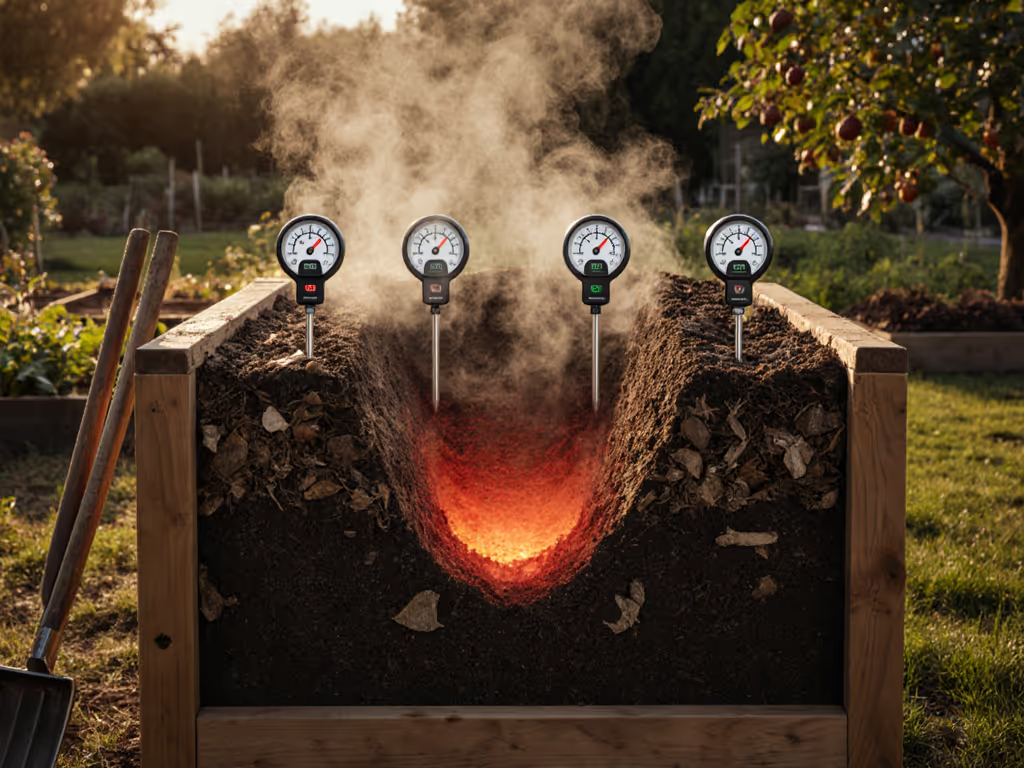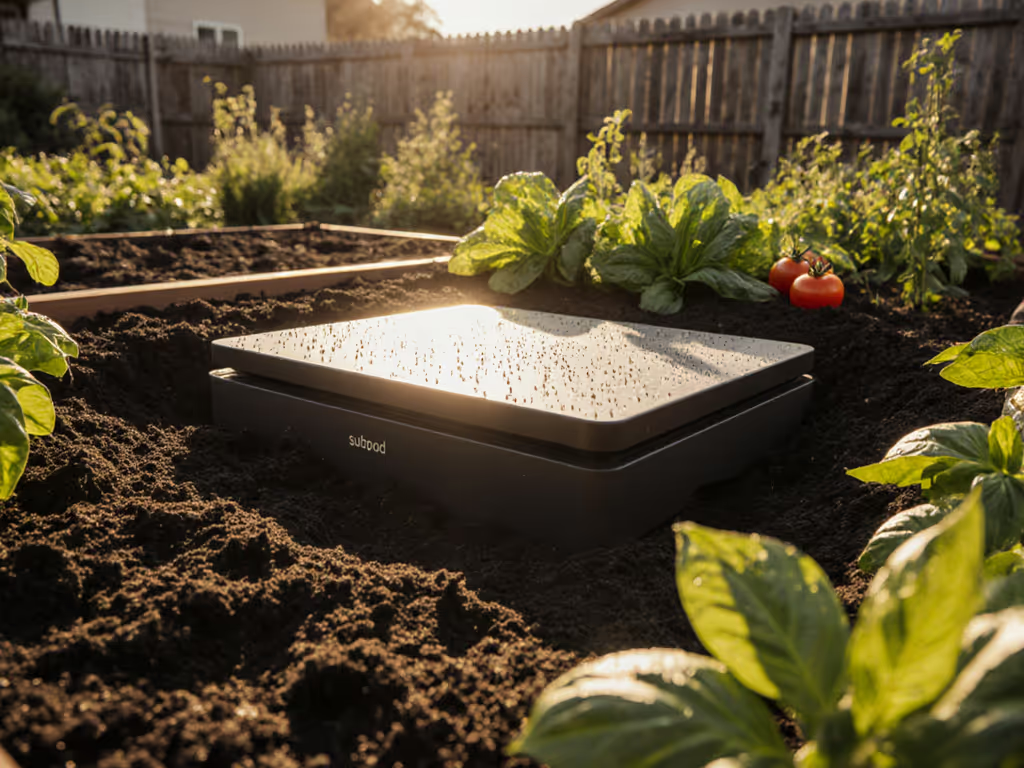
Food Waste Digester: Odor-Free Disposal for Small Spaces
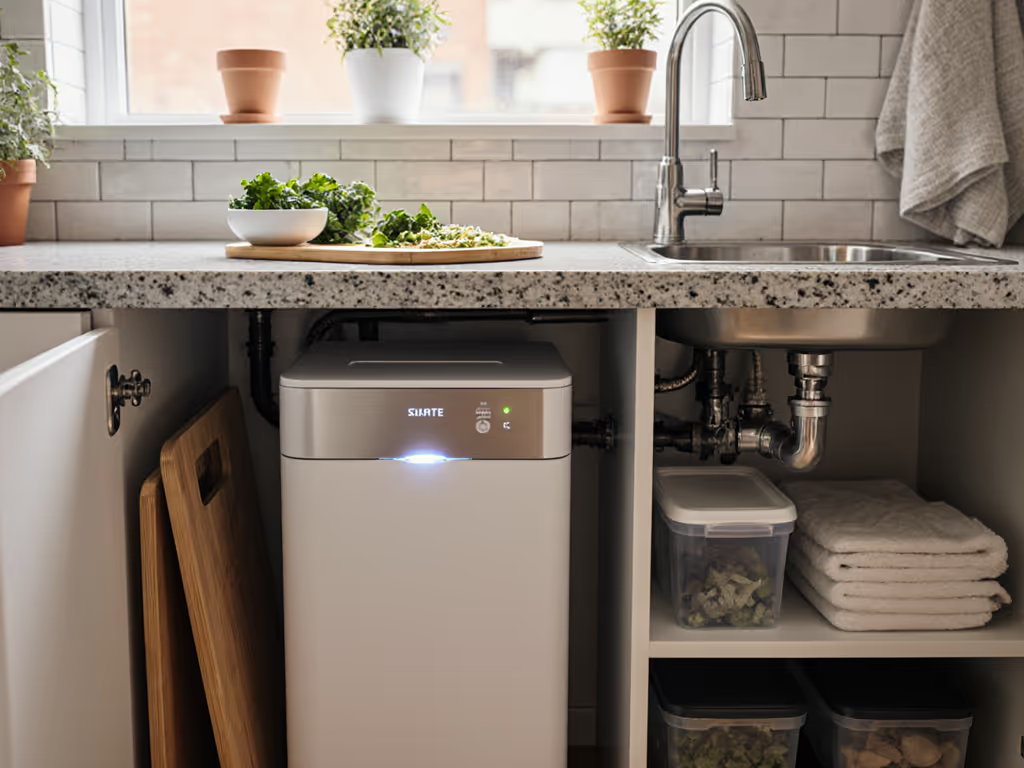
When your balcony compost bin attracts neighborhood raccoons or your countertop scraps bowl becomes a fruit fly incubator, it's time to reconsider your approach. For apartment dwellers and small-space homeowners, the commercial food waste digester and under sink compost system offer a genuinely sustainable solution, if you choose one that fits your minute-by-minute reality. I've tracked my own home's waste habits for years, and I've learned that systems requiring more than 10 minutes of weekly maintenance simply get abandoned. Repeatable beats perfect every time.
What Makes Under Sink Digesters Different From Standard Disposals?
Most people confuse garbage disposals with true food waste digesters. Standard disposals (like commercial garbage disposal units) grind food into small pieces that flow down your drain, potentially causing plumbing issues and sending food directly to landfills. True digesters, however, use microbial or enzymatic processes to break down organic matter without water waste or plumbing strain.
Commercial food waste digester systems actually transform scraps into odor-free output through controlled decomposition, not just grinding them for drain disposal.
This distinction matters because under sink compost systems process waste in sealed containers, eliminating the odor and pest concerns that plague traditional composting in small spaces. A recent industry report confirms that properly maintained digesters can divert up to 40% of household waste from landfills without requiring yard space.
Why Under Sink Systems Solve Small-Space Problems
Let's address the heart of your frustration: You're tired of choosing between your sustainability values and your sanity. After I quit composting for six months because a fussy worm setup stole my evenings, I realized the problem wasn't my commitment, it was the system's complexity. Commercial digesters for small spaces succeed where others fail because they directly target your pain points:
- Space constraints? They fit under standard sink cabinets (minimum 14" deep)
- Odor concerns? Sealed systems prevent smells from escaping
- Pest anxiety? No open access for rodents or insects
- Time scarcity? Many require under 5 minutes of weekly maintenance
Step-by-Step: Implementing a Truly Low-Maintenance System
Step 1: Assess Your Waste Volume (5 Minutes)
Before purchasing anything, track your kitchen scraps for three days. For tidy, odor-free collection, see our best countertop compost containers. Use a simple container on your counter:
- Do: Measure by weight (pounds/kilos) rather than volume
- Don't: Include liquids or fats in your measurement
- Do: Note peak days (meal prep Sundays, holiday cooking)
Most households generate 2-4 pounds of food scraps weekly. If you're below 3 pounds, look for compact digesters processing 1-2 pounds daily. Systems designed for higher volumes often underperform with smaller inputs.
Step 2: Understand What Digesters Can Actually Handle (3 Minutes)
Not all food waste digesters tolerate the full range of scraps. Check manufacturer specifications for:
- Meat/bones: Some systems like the Sepura composting garbage disposal handle these, while others cannot
- Citrus peels: High acidity can disrupt certain microbial processes
- Oily foods: Problematic for most mechanical systems
The best low maintenance compost systems accept nearly all food types while requiring minimal carbon supplements. This is critical for apartments where finding "browns" (carbon-rich materials) is challenging.
Step 3: Installation That Fits Your Reality (10 Minutes)
Skip complex DIY builds requiring plumbing modifications. Look for systems that:
- Connect directly to your existing sink drain
- Require no special tools for installation
- Fit under standard cabinet depths
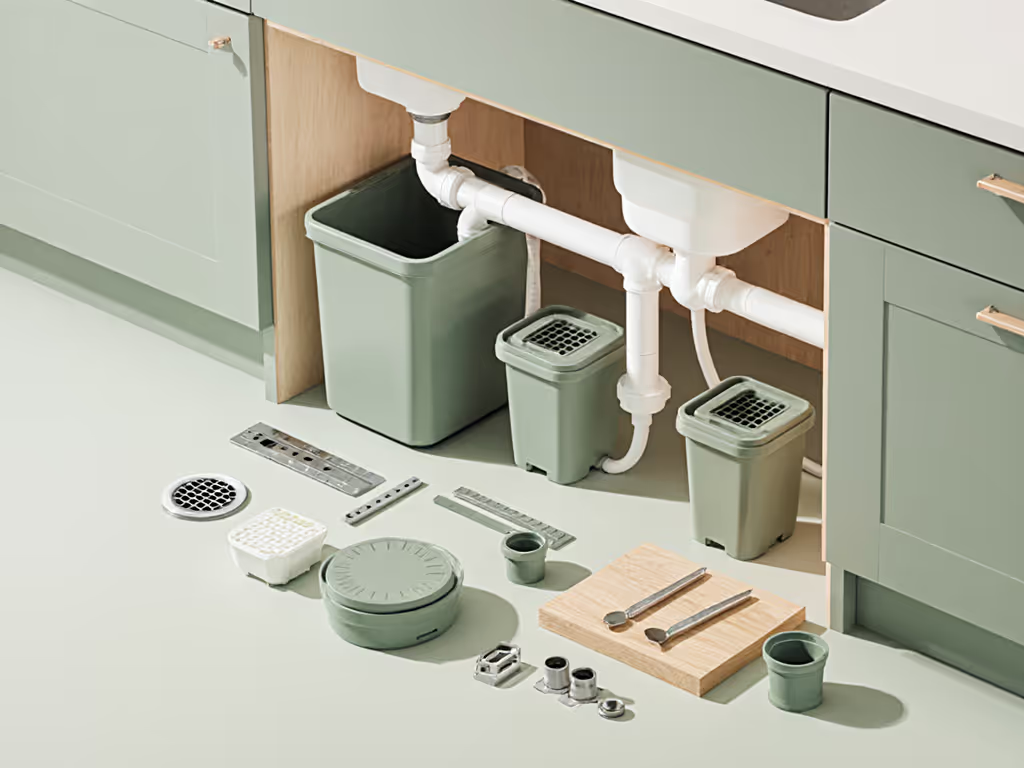
My two-chamber tumbler switch taught me that systems needing special tools gather dust. Modern under sink compost systems typically install in under 15 minutes with basic wrenches, no plumber required. Ensure your cabinet has at least 14" of depth to accommodate most units comfortably.
Step 4: The 5-Minute Weekly Maintenance Routine (5 Minutes)
This is where most systems fail people with busy lives. Your routine should include:
- Emptying the collection bin: Every 3-7 days depending on usage
- Adding carbon supplement: Only if required by your system (some newer models eliminate this need)
- Wiping the seal: Prevents mold buildup at the lid interface

Five-minute fixes beat heroic composting every single time. I timed my own process after switching systems and saved eighteen minutes weekly, enough time for two extra bedtime stories with my kids.
Step 5: Troubleshooting Without Panic (2 Minutes)
When issues arise (they will), have a simple flowchart:
Odor detected? → Check seal integrity → Empty bin immediately
↓
Still smells? → Add carbon supplement → Wipe interior
Liquid leakage? → Check drain connection → Tighten fittings
↓
Still leaking? → Replace seal → Contact manufacturer
Keep a small container of carbon supplement (shredded paper works) under your sink for immediate odor control. This takes 30 seconds to implement and prevents the "dump and restart" cycle that kills motivation.
Measuring Your Success: Beyond Waste Diversion
Track these metrics to know your under sink compost system is working:
- Time spent weekly: Should stay below 10 minutes
- Waste diverted: Most systems process 85% of food scraps by volume
- Odor incidents: Should be zero with proper maintenance
- Pest encounters: None is the only acceptable number
These metrics matter more than "perfect" compost because they determine whether you'll keep the system running long-term. A properly functioning commercial food waste digester should become invisible to your household, no one should notice it's there except for the reduced trash.
Your Actionable Next Step
Tomorrow morning, before your coffee cools, spend 90 seconds doing this:
- Place an empty container under your sink
- Measure its depth and width with a tape measure
- Note any plumbing obstructions (pipes, P-traps)
This tiny time investment prevents costly returns and installation headaches. You'll know exactly what size commercial food waste digester will fit your space before researching options. Record your measurements in your phone notes (it's the foundation for a system you'll actually use).
The goal isn't composting perfection. It's designing a routine that works with your life, not against it. When your food scraps disposal requires less effort than taking out the regular trash, you've found the system that will last. Because if it isn't easy and repeatable, it won't last, and that's a metric worth measuring.

